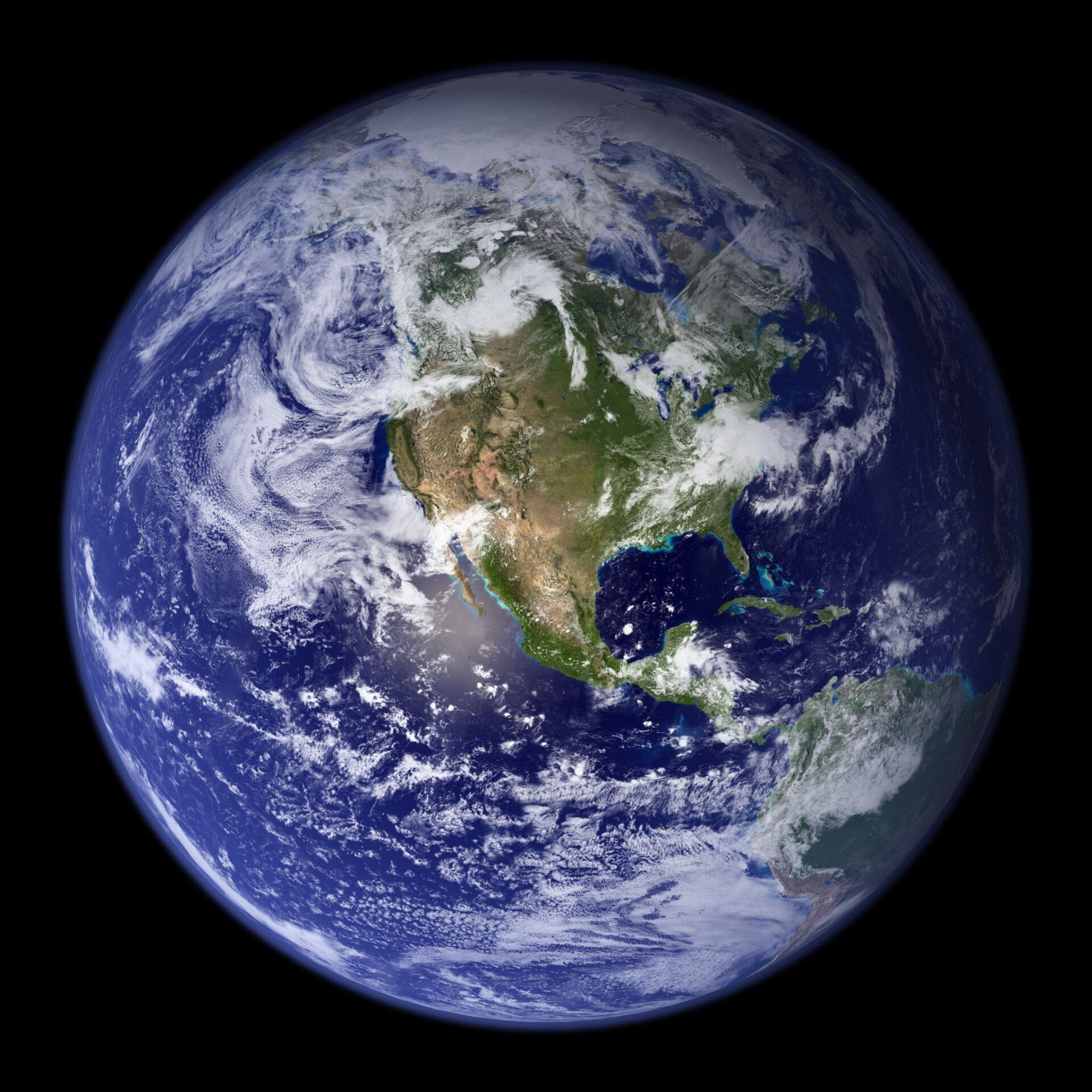Illusory World/Real World
In many ways, we live in an illusory world. The air pressure on our bodies at sea level is a crushing 15 pounds per square inch. We have an equal pressure within our bodies that pushes out and prevents our being destroyed by the external air pressure. We have no awareness of this tremendous interplay of pressures but exist in an illusory world that seems to be without it.

There is a force of gravity that rivets us to the earth. We are unaware of this action of being pulled to the earth but feel it, erroneously, as our own weight. The force of gravity also prevents any awareness of the awesome revolving of the earth at some 900 miles an hour. We think that we are standing on stable ground all the time.
Buddhism adds psychological levels to the theme that we live in an illusory world. According to Buddhism, people usually suppose that their idea of themselves represents a real entity. They suppose that this entity is in large part independent of the outer world. They also suppose that it can operate within the outer world by a will that is free of any determining force except itself. In my understanding, Buddhism says that this sort of world is an illusion. It is part of the illusion that items in the outer world are just as separate from each other as the felt self-entity is separate from them.
So much for Buddhism’s delineation of the illusory world. Buddhism also has a concept of the real world. In Zen Buddhism, the gate of entrance to this world is the practice of zazen.
In all schools of Buddhism, the idea of themselves that people have is a mere notion with no real existence. In fact the idea that the self really exists has to be dropped from the mind in order for the real world to be experienced. In this real world, there is no separateness at all, neither between an illusory self and items in the outer world, nor between items in the world. The world consists entirely of interconnected or interdependent items and constitutes a grand unity.
In Buddhism, moreover, since there is no real self, there is no self-will either. We do not motivate ourselves. Keizan, the “Great Ancestor” of Soto Zen, declares,
Do you not realize that you respond when called and you get where
you are going by following directions? This does not come from
deliberate thought or conscious knowledge – it is the host within you.[1]
Keizan refers elsewhere to this host as “Old Shakyamuni Buddha,” who is “with you all the time, whatever you are doing; he is conversing and exchanging greetings with you, never apart from you for a moment.”[2}
Since Kezan also says that the Old Buddha is “ultimately unknowable and imperceptible,”[3]his words about what motivates us are his metaphorical way of saying what a later spiritual teacher, from the Hindu tradition, Ramana Maharshi, also says:
Since the supreme power of God makes all things move, why
should we, without submitting ourselves to it, constantly worry
ourselves with thoughts as to what should be done and how, and
what should be done and how not? We know that the train carries
all loads, so after getting on it why should we carry our small
luggage on our head to our discomfort, instead of putting it down
in the train and feeling at ease?[4]
In the real world, a person feels close with people and things, feeling that he is the companion of everything. He or she also senses that his life is guided by a benign force. He lives in mental comfort, joy, and gratitude. May we all find the real world.
Footnotes
- Zen Master Keizan, Transmisson of Light, Boston, 2002, p. 26.
- Ibid., pp. 6-7.
- Ibid, p. 87.
- The Spiritual Teaching of Ramana Maharshi, Boston and London, 1988, p. 9.
All Rights Reserved | Zazen Essays